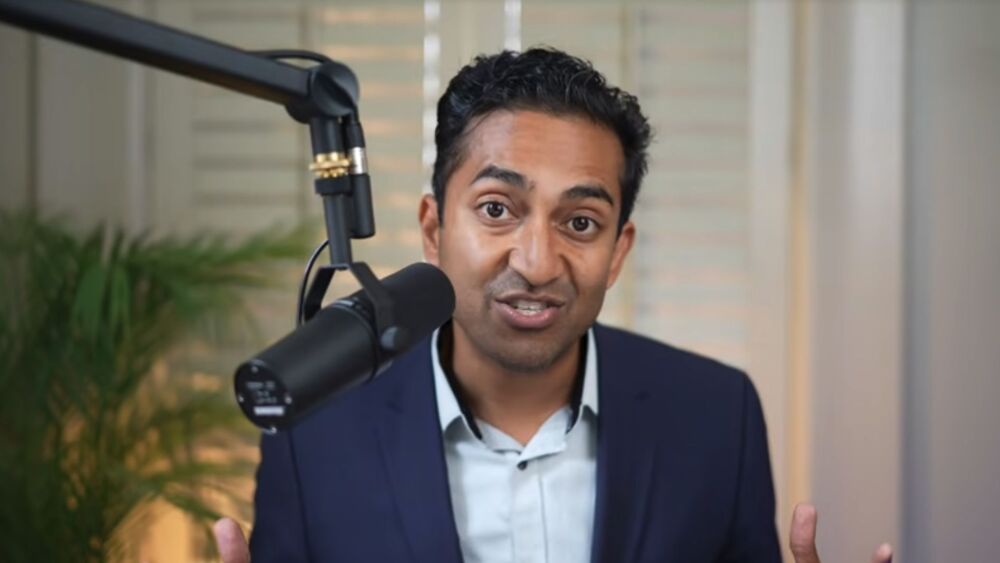The FDA in February formally declared the end of the semaglutide shortage, which Novo Nordisk expects will help improve the market position of Wegovy. But Eli Lilly’s Zepbound is quickly gaining ground, with sales just $300 million behind Wegovy in Q1.
With its supply shortage resolved and compounders out of the picture, Novo Nordisk expects its widely popular weight loss drug Wegovy to fare better in the U.S. market, executives told investors in a call on Wednesday to present its first-quarter results.
But analysts appear unconvinced. “I’m struggling to understand where the disconnect has been,” said Peter Verdult, analyst at BNP Paribas, referring to Novo’s claims that commercial execution is its top priority. In Q1, Wegovy earned DKK 17.4 billion, or roughly $2.6 billion. While this represents an 83% year-on-year growth at constant exchange rates, Wegovy sales nevertheless came 7% below analyst expectations, which had pegged the injectable GLP-1 to bring in around DKK 18.7 billion ($2.8 billion).
Novo maintains that Wegovy’s presence in the U.S. is strong—the pharma on Wednesday touted 200,000 weekly prescriptions for the drug—but conceded that compounding has been a roadblock. Copycats, according to the pharma, “impacted the uptake of Wegovy . . . in the first quarter of 2025.”
Verdult, however, was skeptical, asking Novo executives on the earnings call: “Is it really only about the compounders or do we have to consider your nearest branded competitor doing a better job?”
That “nearest branded competitor” is Eli Lilly’s Zepbound—the only other branded GLP-1 therapy for obesity currently on the market—sales of which in recent quarters have been catching up to Wegovy, despite hitting the market nearly a year later. In the first quarter of 2024, Wegovy was far ahead, with sales of $1.4 billion compared to Zepbound’s $520 million. But in the first quarter of this year, Lilly reported $2.3 billion sales for Zepbound, closing the gap versus Wegovy down to a scant $300 million.
Novo on Tuesday lowered its full-year guidance, basing new projections on compounding pharmacies taking advantage of the semaglutide shortage earlier this year. The pharma now expects its 2025 sales to grow from 13% to 21% over last year, down from its prior projection of 16% to 24%. Operating profit growth forecast is now at 16% to 24%, versus a previous guidance of 19% to 27%.
In an early morning note to investors on Wednesday, analysts at BMO Capital Markets agreed with Verdult. They called the guidance cut “somewhat expected,” nevertheless flagging that “they do reflect deeper struggles with Novo penetrating the US obesity market.”
And while compounding is indeed a problem for Novo, BMO argued that these copycats are “only partly to blame.” Instead, “we maintain that broader commercial missteps drove this trend,” the analysts wrote, noting the “narrowing gap in US [total prescriptions] between Mounjaro and Ozempic,” Lilly and Novo’s GLP-1 drugs marketed for diabetes.
Despite the obesity miss and the lowered guidance, Novo’s Q1 was in line with the consensus overall. Total revenue in the quarter hit DKK 78 billion ($11.9 billion), which matched the analyst forecasts, according to BMO.
Ozempic sales earned DKK 32.7 billion (roughly $4.98 billion), delivering a modest 3% beat to the consensus estimates, while also presenting an 11% growth from the same period in 2024. Novo’s total GLP-1 sales, which also includes figures from the type 2 diabetes drugs Victoza and Rybelsus, came in at just under DKK 39.6 billion ($6 billion).






